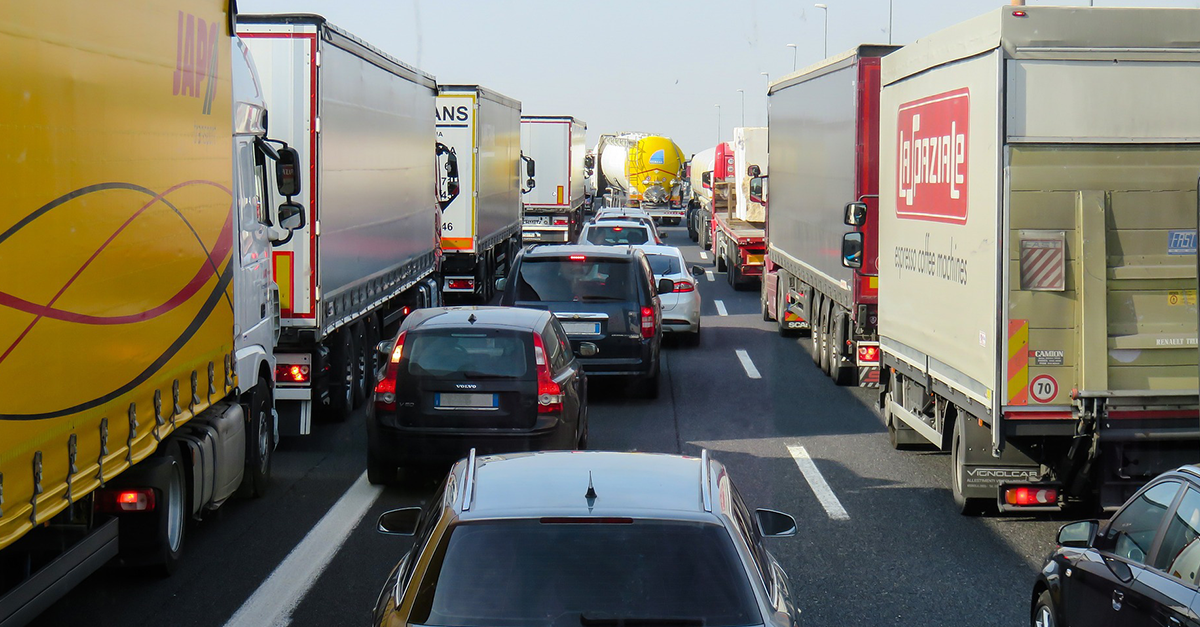Reducing emissions by making dirty things cleaner
Author: NEOL
The transport sector is one of the largest sources of CO2 emissions and air pollution, so it is no surprise that, as we have grown more environmentally conscious over recent years, we have also seen a considerable uptake in the adoption of electric vehicles (EVs). Sales for EVs are consistently growing, as are the number of charging stations, and the vehicles themselves are being made more affordable to purchase (with many being supported by government grants).
Yet, although it is undeniable that EVs are better for the environment – owing to their zero tailpipe emissions – they are not the sole solution to our sustainability challenges. They still account for a very small percentage of vehicles on the road, particularly in the commercial vehicle sector, which is made up of over 5 million vans, trucks, buses and coaches. Not only would the financial cost of replacing all of these vehicles be prohibitively high, with a sizeable trade-off in the emissions involved in manufacturing, but we are also lacking the technology to make this a reality.
While we may have the capabilities for battery-powered light commercial vehicles, such as delivery vans and pickup trucks, the same isn’t true for medium- and heavy-duty commercial vehicles – particularly those being used to transport goods over long distances.
That isn’t to say that our current vehicles running on fossil fuels shouldn’t be replaced eventually. They should. But there is a long road ahead of us to get there, and, in the meantime, we need to consider more immediate solutions to our environmental issues. And while internal combustion engine (ICE) vehicles that run on petrol or diesel will never be carbon-neutral, we can definitely make them operate cleaner.
Taking a dual approach to lowering emissions
Eventually, the sale of new fossil fuel vehicles will be banned in the UK. This has, however, now been delayed until 2035 at the earliest for cars and vans, and likely far later for larger vehicles where the technology isn’t currently up to scratch. Given that the average lifespan of UK vehicles is 10 years, this means that, realistically, the impact of the ban won’t really be felt until 2045.
This delay may not have been welcomed by everyone, but it isn’t necessarily all bad. It offers extra time to refine the manufacturing process for EVs, as well as granting more time to research other zero emissions technologies – such as a hydrogen ICE – making these vehicles cheaper and more environmentally friendly to produce.
But at the same time, we can’t afford to just sit back and wait to see the positive effects this research will have on our environment. We also need to find a way to enhance the efficiency and reduce the emissions of our current vehicles – not by replacing the machine, but by improving the way it runs.
This is where NEOL comes in.
NEOL’s role in cleaning the dirty
At NEOL, we have made it our mission to improve the efficiency of machinery. Through decades of research into the behaviour of free hydrogen in the process of friction, we have produced a revolutionary new additive technology called CuGlide that realises a fundamentally new approach to anti-wear and is able to restore existing defects in machine parts.
The result of this is a considerable reduction in both friction and wear, which improves the lifespan of machines and increases their operational performance. For commercial vehicles, this translates to a longer ‘useful’ life, cleaner engines, and an average fuel economy improvement of 5%.
Understandably, a 5% fuel economy increase may not read like the answer to our environmental challenges on paper. But it is substantial. Especially when you consider that just a 1% increase in the fuel economy of 100 long-haul trucks could equate to the same reduction in emissions as 110 ICE cars being switched to EVs.
Additionally, as CuGlide-powered oils improve the performance of machines, they can get more out of their operation. For example, if a vehicle is used to transport heavy goods, the use of NEOL oil can potentially contribute to increased torque under full load, optimizing vehicle’s performance and reducing the time spent on the road – further bringing down its emissions.
The additives we use are also non-toxic and fully recyclable, stopping the release of harmful chemicals.
In short, while moving to electric and zero tailpipe emission vehicles is a critical step towards achieving net-zero targets, we are here to improve the operational efficiency of the tools we currently have until we get there. It is simply not enough to wait until we can replace everything that is dirty. For now, we can start by making them cleaner.

